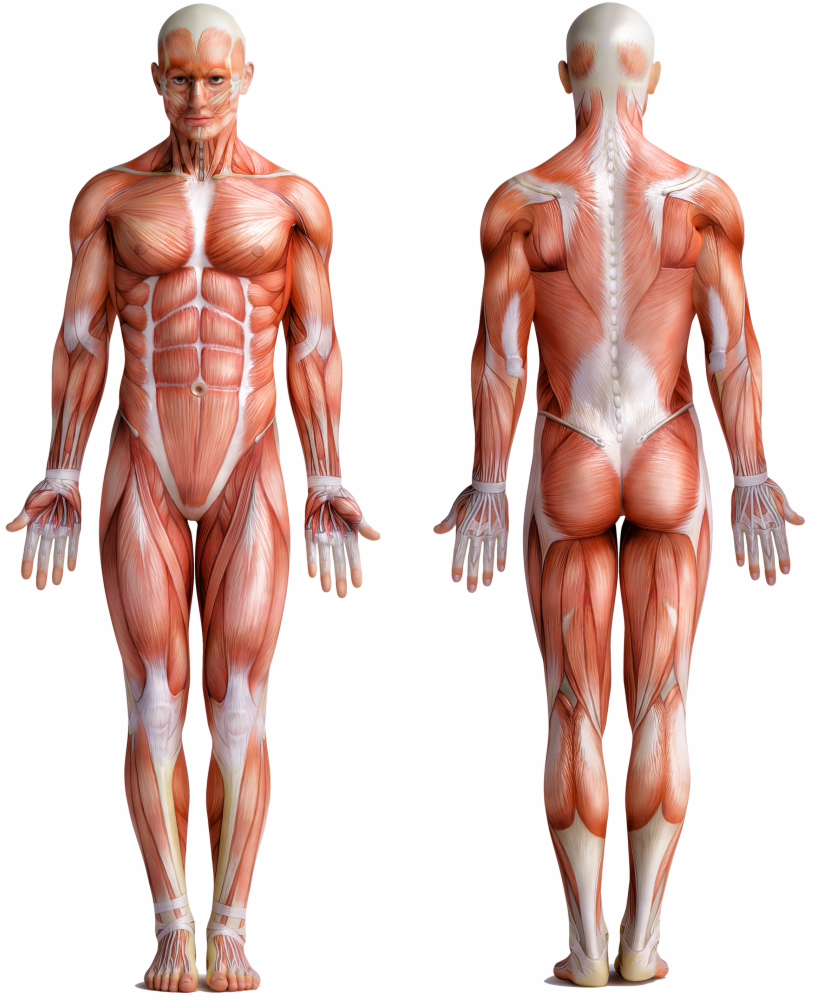-

-
About Us
- Our Vision
-
Personalized Care
Personalized Care Personalized Care Intro
Diagnostic Tests
- Digital X-Ray
- DynaROM
- 3D Body Scanning
- Gastrointentinal Health
- Organic Acids
- Comprehensive Stool Analysis
- Food Sensitivity
- Dietary Antigen Complete
- Endocrinology
- Thyroid Panel
- DUTCH Hormone Test
- Neurotransmitter Profile
- Adrenal Profile
- Nutritional Status
- Vitamin D
- Homocysteine
- Methylmalonic Acid
- Urine Iodine
- Organic Acids
- Copper Zinc Profile
- Essential Fatty Acid Profile
- RBC Metals & Minerals
- Toxic & Essential Elements
- RBC Elements
- Urine Toxic Metals
- Hair Metals & Minerals
- Urine Halides
Treatments
- Avacen Therapy
- Bioidentical Hormone Replacement Therapy (Anti-Aging)
- Chiropractic Care
- Electric Muscle & Nerve Stimulation
- Emsculpt Neo
- Emsella Treatment
- Erchonia Laser (Model EVRL)
- Exosomes
- Hair Restoration
- Headache & Migraine Treatment
- Hyaluronic Acid Injection
- Intersegmental Traction
- IV Nutrient Therapy
- Laser Lipo
- Massage Traction Chair
- PRP Facials
- PRP for Erectile Dysfunction
- PRP for Female Sexual Dysfunction
- PRP for Pain Relief
- PRP for Urinary Incontinence
- Semaglutide
- Shockwave Therapy for Cellulite & Skin Tightening
- Shockwave Therapy for Pain Relief
- Shockwave Therapy for Female Sexual Dysfunction
- Shockwave Therapy for Male Sexual Dysfunction
- Skin Rejuvenation
- Spinal Decompression
- TENS Unit
- Testosterone Replacement Therapy (TRT)
- Therapeutic Ultrasound
- Thyroid Care
- Trigger Point Therapy
- Durable Medical Equipment
- Ankle-foot Orthosis
- Cervical Rehab Coller
- Custom Foot Orthotics
- Lumbosacral Orthosis
- Osteoarthritis Knee Brace
- Wrist Brace
- FAQs
- Testimonials
- Pain Relief
- Weight Loss
-
Sexual Wellness
-
Anti-Aging
-
Resources
- Blog
- Video Library
- Store
-
Health Condition Library
Health Condition Library
- Ankle Osteoarthritis
- Bulging Spinal Disc
- Carpal Tunnel
- Cervical Degenerative Disc Disease
- Cervical Radiculopathy
- Elbow Bursitis
- Erectile Dysfunction
- Fatigue
- Female Hormone Imbalance
- Female Sexual Dysfunction
- Fibromyalgia
- Foot Arthritis
- Frozen Shoulder
- Golfer’s Elbow
- Hand Arthritis
- Headache
- Hip Bursitis
- Hip Osteoarthritis
- Hyperthyroidism
- Hypothyroidism
- Knee Bursitis
- Knee Osteoarthritis
- Low Testosterone
- Lumbar Degenerative Disc Disease
- Migraines
- Musculoskeletal Pain
- Obesity
- Osteoarthritis
- Plantar Fasciitis
- Plantar Fibroma
- Rotator Cuff Injury
- Sciatica Pain
- Shoulder Bursitis
- Shoulder Osteoarthritis
- Tennis Elbow
- Thoracic Degenerative Disc Disease
- Urinary Incontinence
- Weight Gain
- Wrist Arthritis
- Wrist Bursitis
- Contact
Understanding Elbow Pain

Introduction:
Elbow pain is a common condition that affects many individuals, ranging from athletes to office workers. It can be a debilitating issue that hinders daily activities and impacts overall quality of life. In this comprehensive guide, we will delve into the various aspects of elbow pain, including its definition, alternate names, symptoms, causes, and multiple treatment options. Whether you are experiencing mild discomfort or severe pain in your elbow, this article aims to provide you with valuable insights and expert advice to help you better understand and manage this condition.
Symptoms:
The primary symptom of elbow pain is localized pain or tenderness on the outer part of the elbow. This pain may radiate down the forearm and worsen with activities that involve gripping, lifting, or twisting motions. Other common symptoms include stiffness, weakness, and difficulty in fully extending or flexing the arm. In some cases, individuals may also experience swelling or a burning sensation around the affected area.
Causes:
Elbow pain is often caused by repetitive stress or overuse of the forearm muscles and tendons. Activities such as tennis, golf, painting, typing, or repetitive manual labor can strain the tendons and lead to the development of micro-tears. Additionally, sudden trauma or injury to the elbow, such as a direct blow or a fall, can also result in elbow pain. Certain risk factors, including age, occupation, and improper technique during physical activities, can increase the likelihood of developing this condition.
Treatment Options:
Fortunately, there are various treatment options available to alleviate elbow pain and promote healing. The initial approach typically involves rest, ice, compression, and elevation (RICE) to reduce inflammation and provide relief. Nonsteroidal anti-inflammatory drugs (NSAIDs) may also be suggested to manage pain and swelling. Although Non-steroidal anti-inflammatory drugs (NSAIDs) do reduce inflammation to temporarily relieve pain, they are responsible for 30% of hospital admissions for adverse drug side effects, mainly due to bleeding, heart attack, stroke, and kidney damage. In addition, from the first day of use, all NSAIDs increase the risk of gastrointestinal (GI) bleeding, myocardial infarction, and stroke.
Physical therapy exercises, such as stretching and strengthening exercises, can help improve flexibility and restore function. In more severe cases, corticosteroid injections or extracorporeal shockwave therapy (ESWT) may be considered. Side effects of cortisone, which is commonly injected for joint pain, includes thinning of the skin, easy bruising, weight gain, puffiness of the face, elevation of blood pressure, cataract formation, thinning of the bones, and a rare but serious form of damage to large joints (avascular necrosis). Due to risks, patients may only get this treatment once every several months. Surgery is rarely required and is usually reserved for individuals who do not respond to conservative treatments.
Conclusion:
Elbow pain can significantly impact daily activities and hinder productivity. By understanding the definition, symptoms, causes, and treatment options associated with this condition, individuals can take proactive steps to manage and alleviate their elbow pain. It is advisable to consult with a healthcare professional for a precise diagnosis and personalized treatment plan. With the right approach and proper care, individuals can regain comfort and functionality in their elbow, allowing them to resume their regular activities with confidence.









